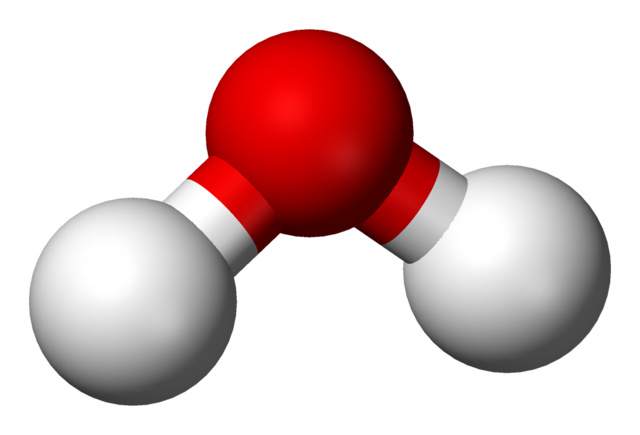|
10 minutes maximum! Can you do it in 5? |

|
||||||||||||||||||||||||||||||
1. Bond breaking ...
| |||||||||||||||||||||||||||||||
2. Bond making is ...
| |||||||||||||||||||||||||||||||
3. In an endothermic reaction, energy is ...
| |||||||||||||||||||||||||||||||
4. In an exothermic reaction, the energy needed to break existing bonds is ...
| |||||||||||||||||||||||||||||||
| 5. Hydrogen chloride gas is produced by reacting hydrogen with chlorine. The equation for this reaction is:
H2 + Cl2 → 2HCl The energy needed to break the bonds in H2 and Cl2 is 679kJ and the energy released on the formation of the bonds in 2HCl is 856kJ. |
|||||||||||||||||||||||||||||||
The overall energy change in kilojoules for this reaction is:
| |||||||||||||||||||||||||||||||
Q6-8. When hydrogen ‘pops’ with a lighted splint it is reacting with oxygen to produce water. The equation for the reaction is: 2H2 + O2 → 2H2O Use the information from the table to help you answer these questions.
|
|||||||||||||||||||||||||||||||
6. Calculate the energy required to break all the reactant molecules into individual atoms.
|
|||||||||||||||||||||||||||||||
7. Calculate the energy released when the bonds in the product molecules are formed.
| |||||||||||||||||||||||||||||||
8. Calculate the overall enthalpy change (energy change) for the reaction.
| |||||||||||||||||||||||||||||||
Q9-10. The combustion of methane is illustrated below in both equation and model form:
The relevant bond energy values are: |
|||||||||||||||||||||||||||||||
|
|
||||||||||||||||||||||||||||||
9. The number of bonds being broken in the reactants and formed in the products is:
| |||||||||||||||||||||||||||||||
10. The enthalpy (energy) change for this reaction is:
| |||||||||||||||||||||||||||||||
Image by Gerd Altmann from Pixabay